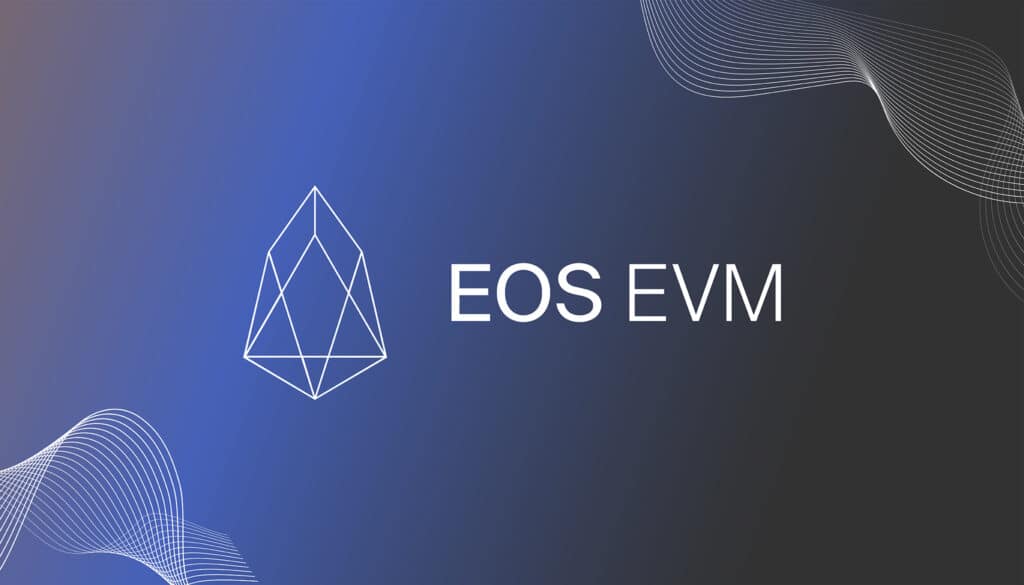The EOS EVM engineering team has achieved a significant milestone with the release of EOS EVM v0.7.0 RC-1. This latest update is a big step forward in enhancing the developer experience in the EOS ecosystem. Notably, it introduces WebSocket support, a critical tool for developing applications requiring real-time, bidirectional communication.
The addition of WebSocket is pivotal in attracting more decentralized applications (dApps) to the ecosystem, especially those dependent on this technology for optimal functionality. This article provides insight into EOS EVM v0.7.0, emphasizing WebSocket’s role in application development. For a quick summary, refer to the TL;DR section at the end.
Overview of EOS EVM v0.7.0 Release
The EOS EVM v0.7.0 RC-1 encompasses a series of minor fixes and the significant introduction of WebSocket support. This release is crucial for developers working within the EOS ecosystem, offering enhanced capabilities and a more streamlined experience.
Updates include:
- Web Socket Support, allowing developers and users to establish real-time communication channels with the blockchain network.
- Support for the block parameter scheme for eth_call
- Allow use object with “blockHash” or “blockNumber” field to specify block in eth_call and some other calls
It’s important to note that while this is referred to as “EOS EVM v.0.7.0 RC-1” it is an update to EOS EVM Node, which is just one component of the EOS EVM architecture. There is no contract release for this update. Node and EOS EVM RPC can be upgraded from the prior 0.6.2 version by replacing the binaries. For an in-depth understanding of the release, readers can refer to the EOS EVM v0.7.0 RC-1 release notes.
How WebSocket Will Foster Innovation on the EOS EVM
WebSocket is a critical communication protocol that serves both Web2 and Web3 applications. It establishes a two-way communication channel between a client application (like a web browser) and a server, in real-time and with minimal latency. This differs markedly from traditional HTTP communication, which is unidirectional, meaning the client sends the request and the server sends the response.
WebSocket enables applications to maintain a persistent two-way connection, allowing for continuous data exchange. This is particularly beneficial for applications that require instantaneous updates, such as chat applications, trading platforms, and multiplayer games in Web2, as well as DeFi market notification tools, NFT mint tracking, and smart contract monitoring in Web3.
The integration of WebSocket into EOS EVM opens new doors for Solidity developers on EOS, allowing them to create innovative applications that demand a real-time, uninterrupted data stream.
For a clearer understanding, here’s a video explaining WebSockets and how they compare to other protocols like Polling and HTTP Long Polling.
TL;DR – WebSocket Brings Another Innovative Building Block for the EOS EVM Developers to Leverage
With the release of EOS EVM v0.7.0 RC-1, bringing WebSocket support to EOS EVM, developers now have a powerful tool to leverage, as they create groundbreaking Web3 applications. This advancement promises a significant evolution in the way real data is handled in the EOS EVM ecosystem, by enabling real-time, bidirectional communication for dApps. Those interested in learning more from a technical standpoint can explore the full details in the EOS EVM v0.7.0 RC-1 release notes.
RC-1 is currently live on testnet and ready for developers to begin experimenting with and the full release will be launched on mainnet in the near future. To Stay up to date on this and other ecosystem news, be sure to follow the EOS Network Foundation on Twitter and join the EOS EVM Developer Telegram Group.
EOS Network
The EOS Network is a 3rd generation blockchain platform powered by the EOS VM, a low-latency, highly performant, and extensible WebAssembly engine for deterministic execution of near feeless transactions; purpose-built for enabling optimal Web3 user and developer experiences. EOS is the flagship blockchain and financial center of the Antelope framework, serving as the driving force behind multi-chain collaboration and public goods funding for tools and infrastructure through the EOS Network Foundation (ENF).
EOS EVM
The EOS EVM is an emulation of the Ethereum network’s EVM, housed within an EOS smart contract. It offers feature parity to other EVMs in the space but with unmatched speed, performance and compatibility. EOS EVM connects the EOS ecosystem to the Ethereum ecosystem by allowing developers to deploy a wide array of Solidity-based digital assets and innovative dApps on EOS. Developers can use EOS EVM to take advantage of Ethereum’s battle-tested open source code, tooling, libraries and SDKs, while leveraging the superior performance of EOS.
EOS Network Foundation
The EOS Network Foundation (ENF) was forged through a vision for a prosperous and decentralized future. Through our key stakeholder engagement, community programs, ecosystem funding, and support of an open technology ecosystem, the ENF is transforming Web3. Founded in 2021, the ENF is the hub for EOS Network, a leading open source platform with a suite of stable frameworks, tools, and libraries for blockchain deployments. Together, we are bringing innovations that our community builds and are committed to a stronger future for all.
EOS Website | Twitter | Discord | LinkedIn | Telegram | YouTube



